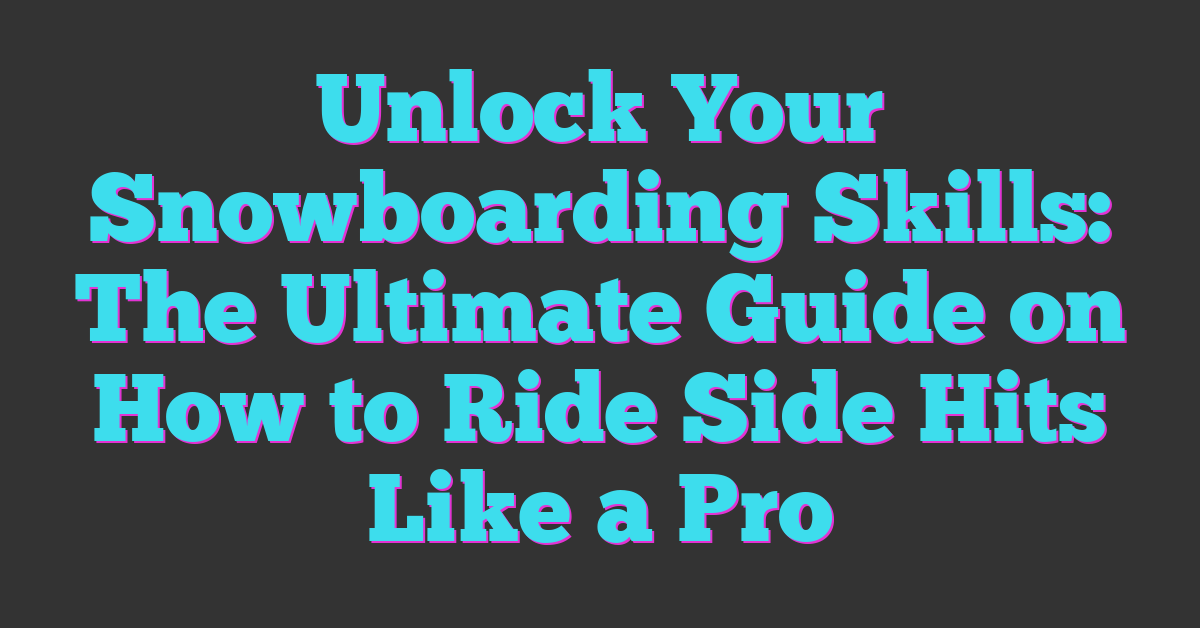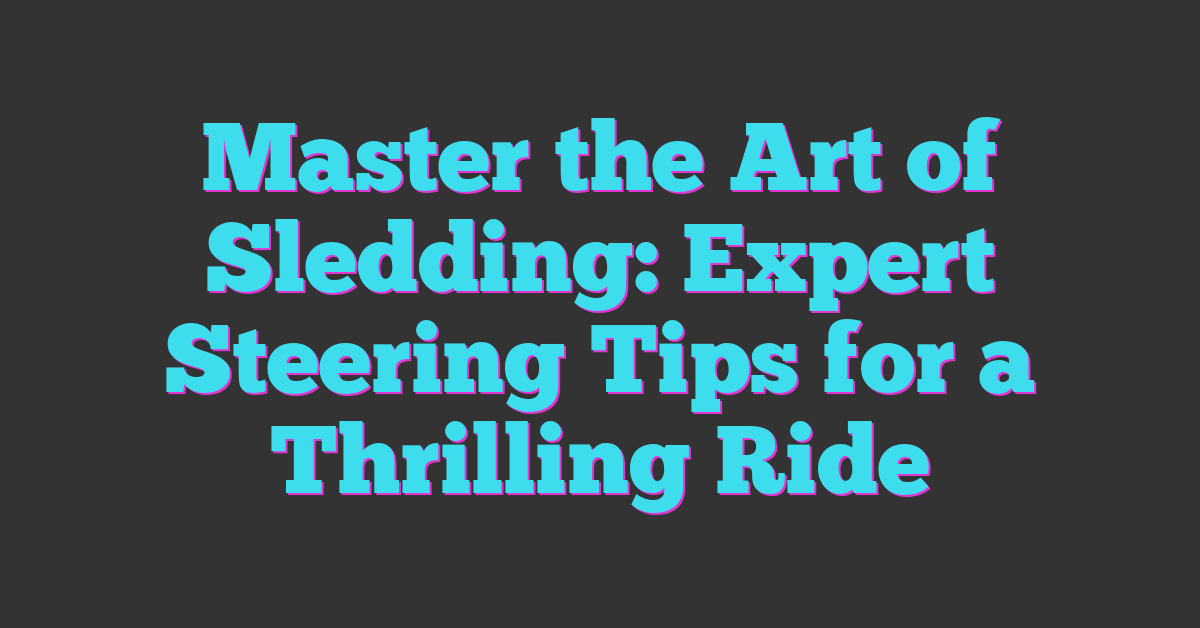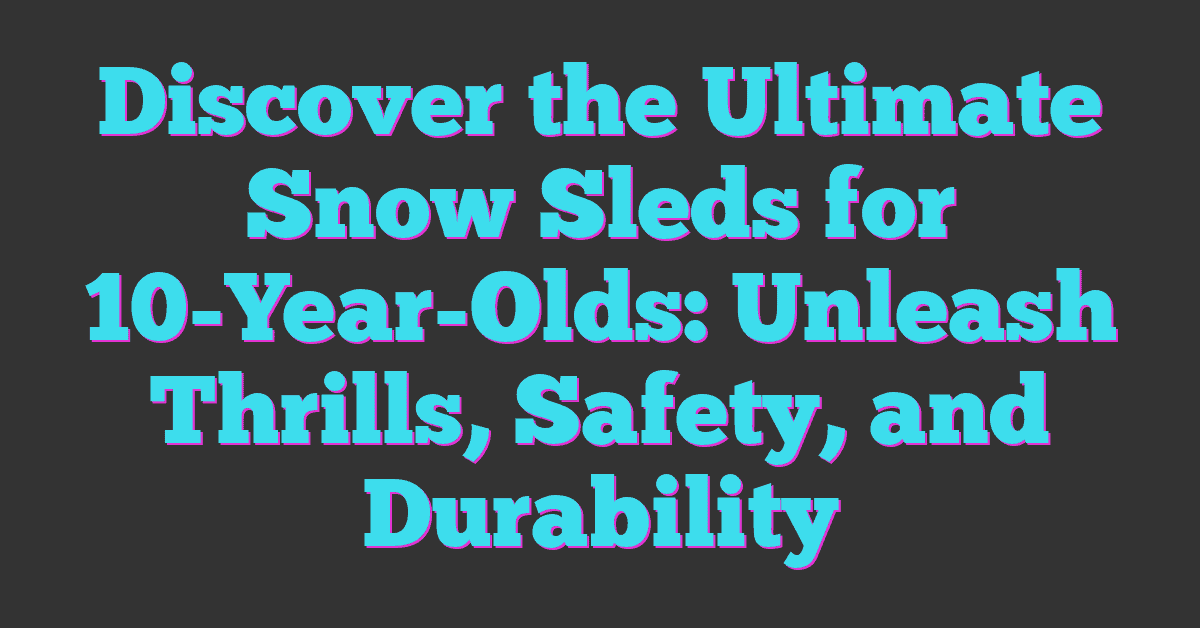If you’ve ever watched seasoned riders effortlessly launch off side hits, you know it looks like pure magic. These little jumps can add excitement to your runs and help you refine your skills. Whether you’re a beginner or looking to polish your technique, mastering side hits can take your riding to the next level.

Understanding Side Hits
Side hits are small jumps located on the side of trails, presenting unique challenges that add fun to your snowboarding experience. Mastering them not only boosts your skills but also enhances the overall thrill of your runs.
What Are Side Hits?
Side hits are natural features found on the edge of well-groomed slopes. These jumps come in various shapes, sizes, and angles, often created by the terrain or untouched powder. When you spot a side hit, it typically resembles a small lip or bump, which allows you to launch into the air. They’re perfect for practicing tricks and improving your air awareness without the necessity of a full park setup.
Benefits of Riding Side Hits
Riding side hits offers an array of benefits that cater to every snow sports enthusiast:
- Skill Development: Mastering side hits improves your balance and technique, helping you become a more versatile rider.
- Composure in Air: Each jump teaches you how to control your body mid-air, enhancing your confidence and ability to land safely.
- Creativity Boost: Side hits encourage you to experiment with different tricks and styles, adding variety to your runs.
- Access to Natural Features: Practicing on side hits allows you to engage with the mountain’s natural terrain, making each run unique.
- Fitness Improvement: Riding side hits works on your overall strength and conditioning, keeping your skills sharp throughout the season.
Riding side hits offers excitement and an excellent opportunity to refine your riding skills, making them a must-try for any snow sports enthusiast.
Techniques for Riding Side Hits
Mastering the techniques for riding side hits enhances your experience and builds essential skills. Focus on the following key areas to make the most of these thrilling features.
Stance and Balance
Establish proper stance to maintain control while on side hits. Position your feet shoulder-width apart to create a stable base. Keep your knees slightly bent to absorb terrain changes. Center your weight over your board and engage your core. Maintain a relaxed upper body, allowing fluid movement. Adjust your stance depending on the pitch of the terrain; a wider stance suits steeper angles while a narrower stance works better for flatter sections.
Approach and Takeoff
Approach side hits with a smooth and steady speed. Feel the rhythm of the terrain and time your jump accordingly. Keep your knees bent as you near the jump, which will prepare you for an explosive takeoff. Utilize your edge to guide your board into the takeoff point. As you leave the lip, compress your legs, then extend them to generate upward momentum. Focus on your body position; lean slightly forward to ensure a clean exit. Aim to spot your landing as you come down to help gauge your descent and maintain balance.
Common Mistakes to Avoid
Avoid these common mistakes to enhance your side-hit experience and make the most of your time on the slopes.
Overthinking the Jump
Overthinking often leads to hesitation, affecting your takeoff. Focus on the rhythm of your approach instead. Visualize your jump before you reach the side hit; doing this helps you stay confident. Trust your instincts. Keep your body relaxed as you jump; a tense body may result in an awkward landing. Remember, side hits offer a natural boost, so treat them as fun challenges rather than obstacles.
Misjudging Speed
Misjudging your speed can significantly impact your jump and landing. Approaching too fast often leads to overshooting, while being too slow may result in underwhelming air. Find the right balance. Experiment with different speeds during practice runs to determine what feels comfortable. Use your body language to adjust speed—leaning slightly forward can help accelerate, while shifting back can help you slow down. Perfecting your speed creates a smoother ride and a more enjoyable experience.
Safety Tips for Riding Side Hits
Safety is crucial when riding side hits. Staying protected and aware of your surroundings ensures a fun and enjoyable experience.
Wearing Proper Gear
Wearing the right gear protects you from injuries. Opt for a certified helmet to safeguard your head, while padded jackets and pants provide extra cushioning. Gloves or mittens keep your hands warm and responsive. Additionally, wear snow goggles to maintain clear vision against snow glare and wind. Always check gear fit and comfort before hitting the slopes to enhance your mobility and performance.
Assessing Terrain Conditions
Assessing terrain conditions before riding is essential for safety. Look for signs of recent weather changes, such as fresh snowfall or ice patches, which can affect landing stability. Check for other riders in the area; gaps between incoming traffic help prevent collisions. Visualize the jump and landing zones to identify potential hazards. Use your instincts—if something feels off, it’s best to skip that side hit until conditions improve.
Conclusion
Mastering side hits can transform your snowboarding experience and take your skills to new heights. Embrace the thrill these natural features bring and allow yourself to get creative on the slopes. Remember to focus on your technique and enjoy the process as you learn and grow.
Safety should always be a priority so gear up and stay aware of your surroundings. With practice and confidence you’ll be landing those jumps smoothly in no time. So next time you’re out on the mountain keep an eye out for those side hits and let the fun begin!










